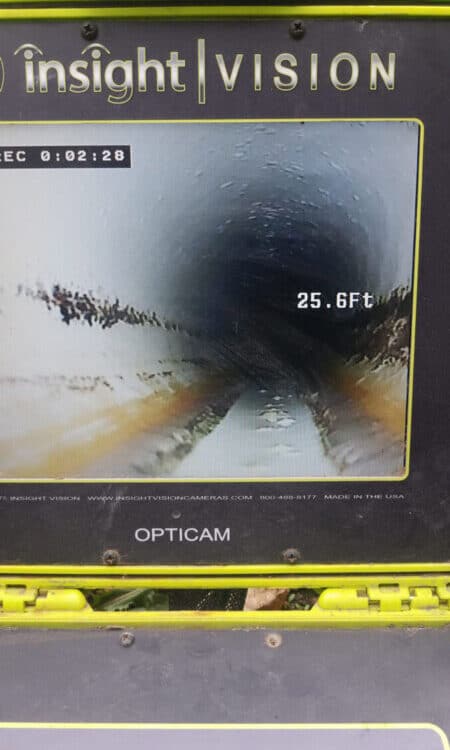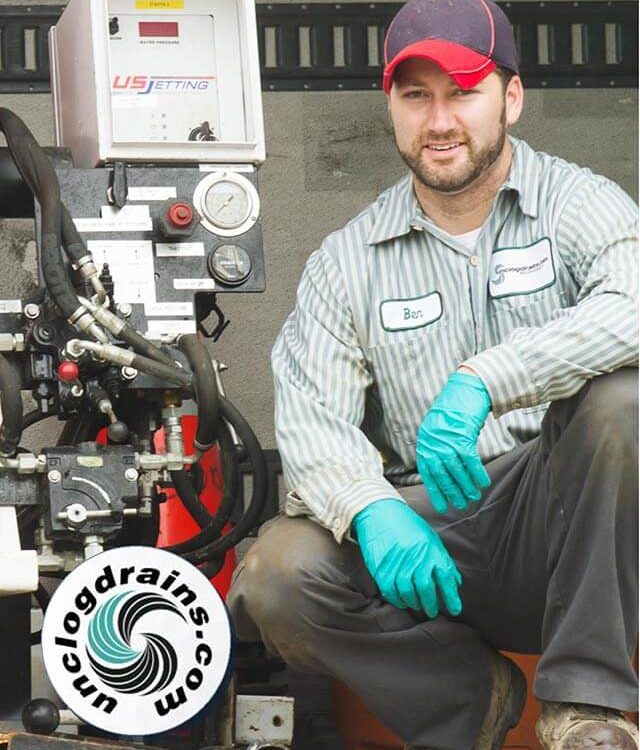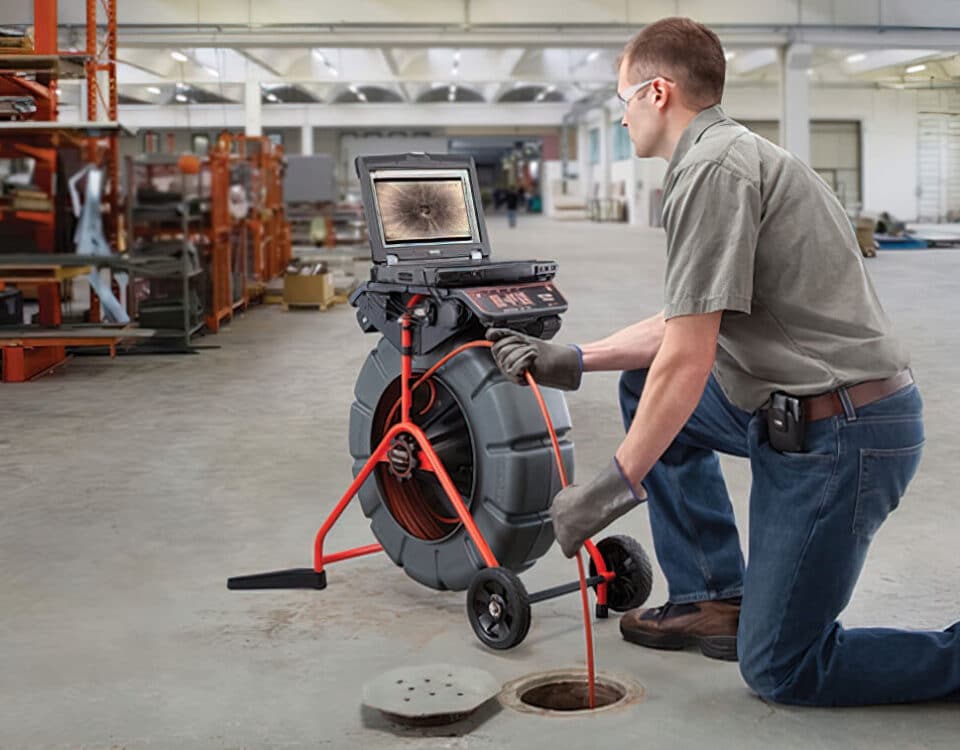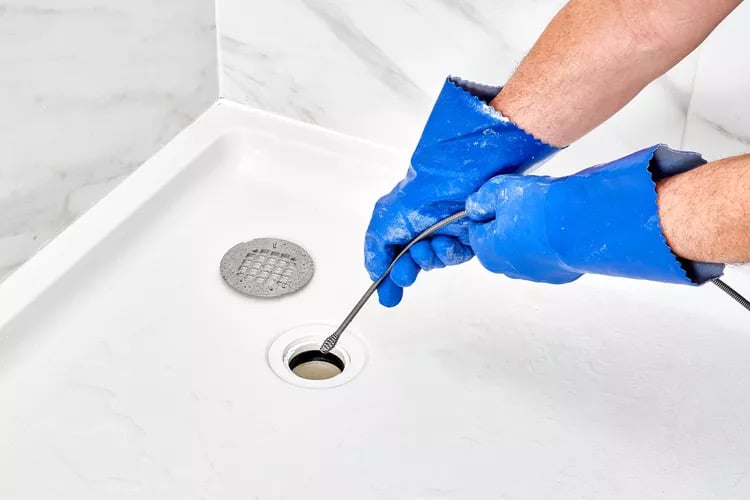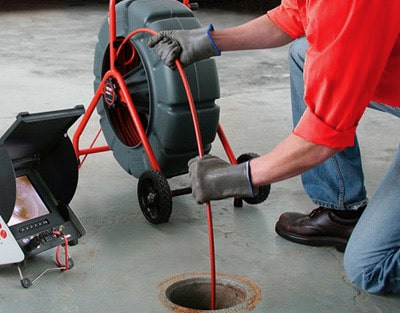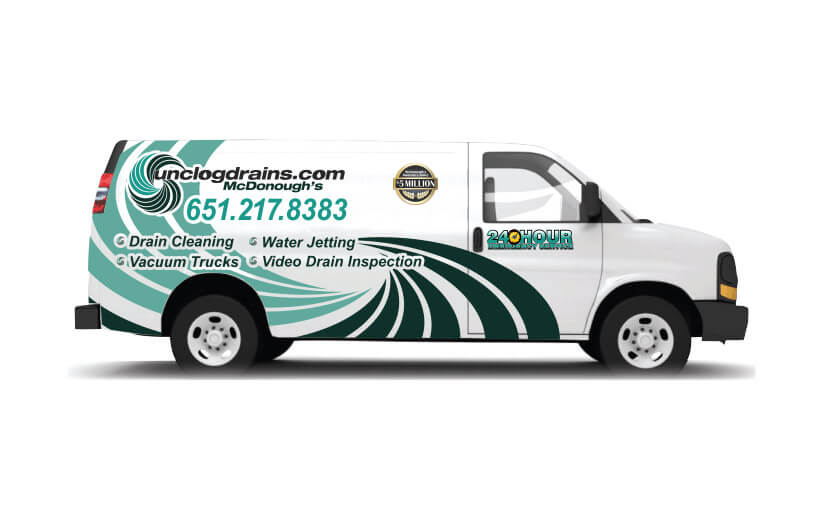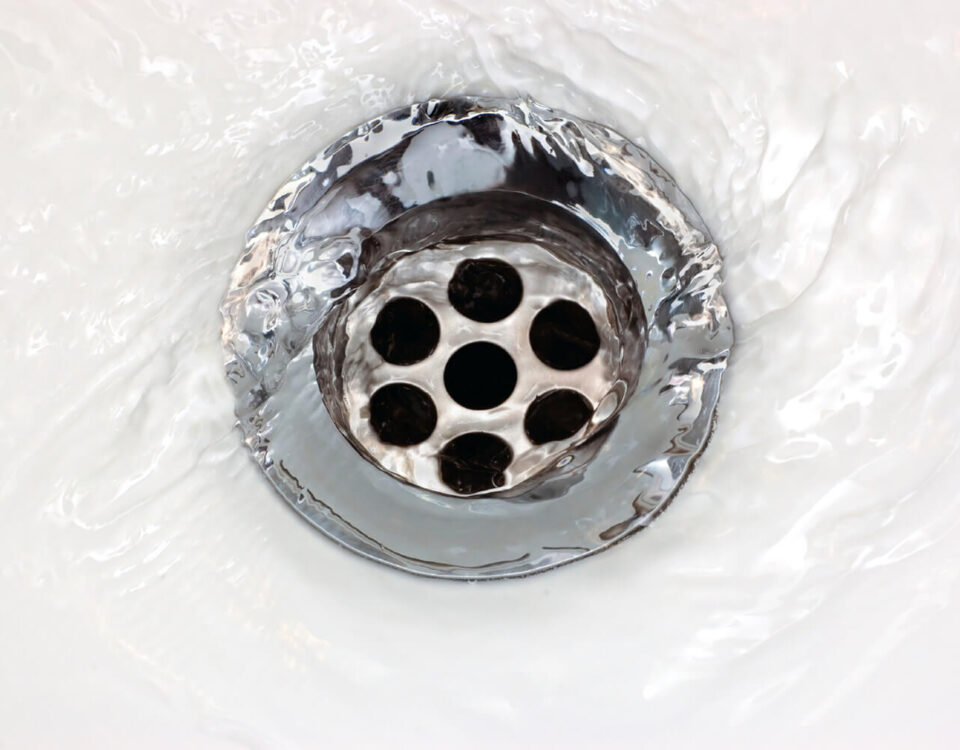drain cleaning st paul mn
July 20, 2023
When it comes to diagnosing and addressing plumbing issues, professionals rely on advanced technology to provide accurate and efficient solutions. Video inspection cameras have become an […]
July 20, 2023
One of the most common causes of sewer line blockages is tree roots. Over time, roots from nearby trees can cause severe damage to your sewer […]
July 20, 2023
When it comes to maintaining a healthy plumbing system, it’s important to understand the difference between sewer cleaning and drain cleaning. While they may sound similar, […]
July 20, 2023
A clogged drain can be one of the most frustrating experiences for any homeowner. If left unaddressed, clogs can escalate quickly, resulting in more significant plumbing […]
July 20, 2023
Clogged drains are a common household issue that can be both frustrating and inconvenient. If you find yourself dealing with constant clogs, it’s essential to understand […]
August 24, 2022
Prevention is the best treatment for keeping your drains clean and maintaining a healthy drainage system. This includes paying attention to what you pour down your […]
August 24, 2022
Everyone is forced to deal with a clogged drain at some point. It is a common, if not frustrating, plumbing issue that can occur anywhere in […]
August 24, 2022
Many homeowners find the garbage disposal to be a bit of a mystery. It is easy to assume that anything can be flushed down the toilet, […]
August 24, 2022
Professional drain cleaning is an essential plumbing service for homes and businesses. It is also misunderstood, which results in many St .Paul homeowners failing to have […]

